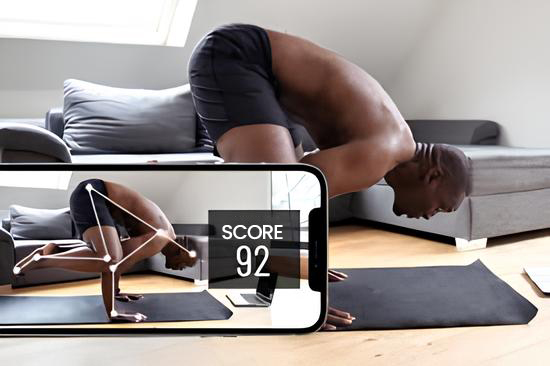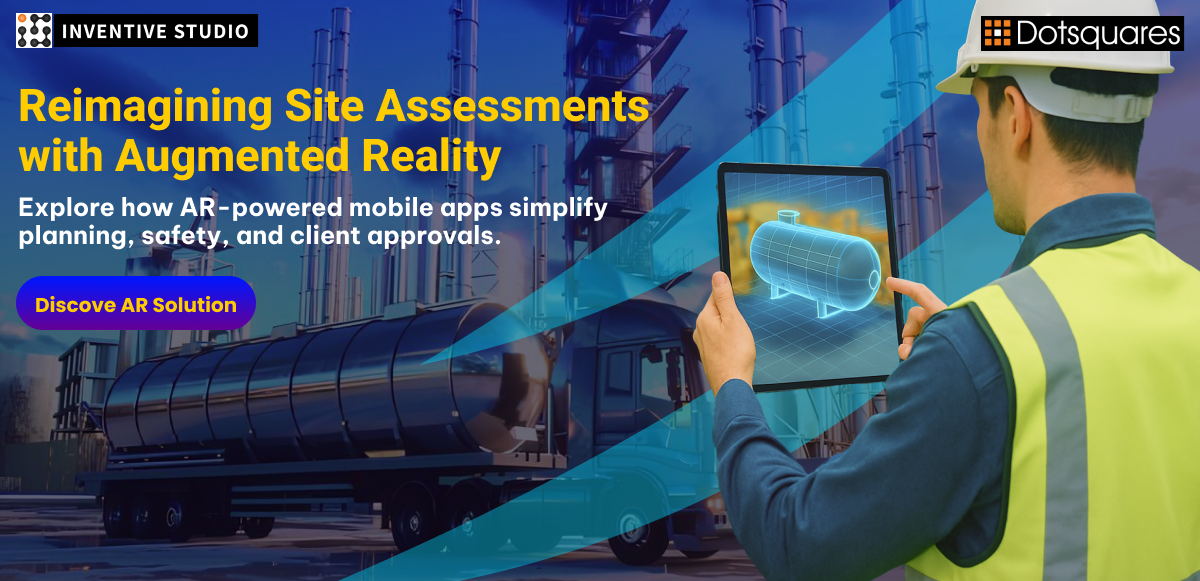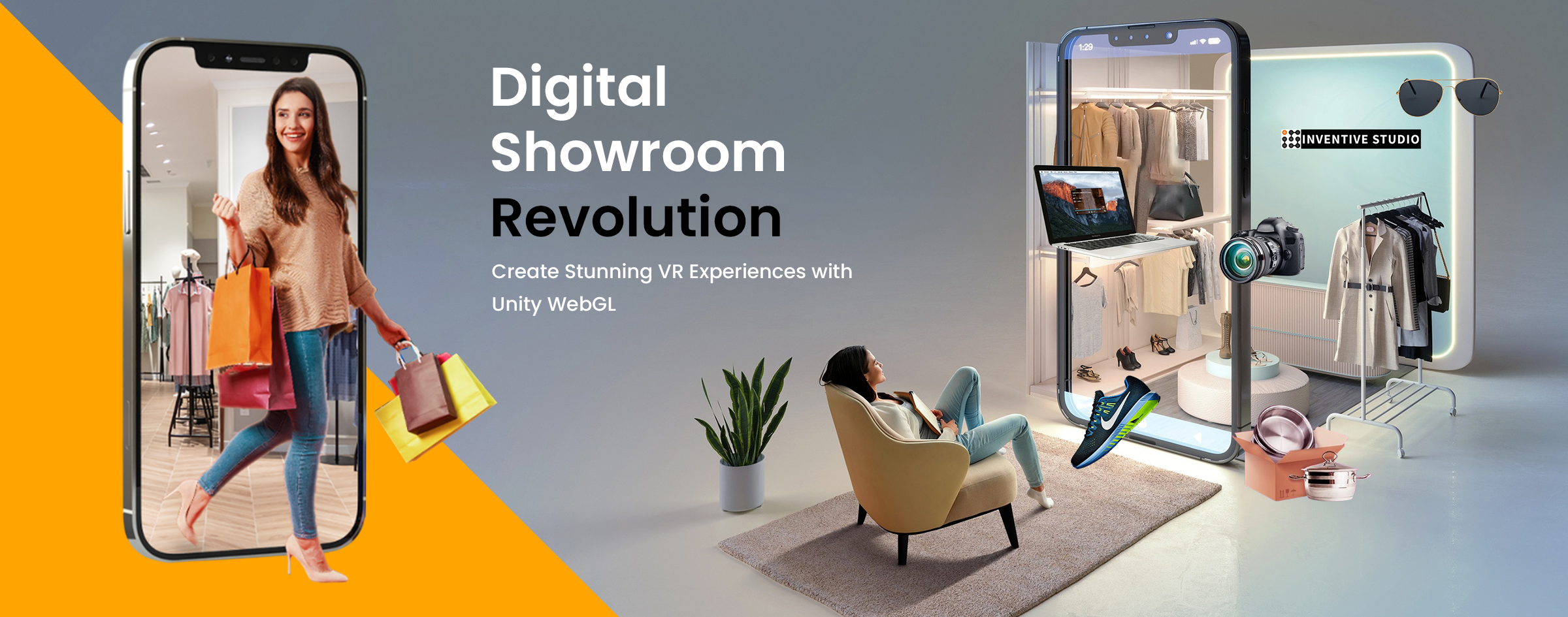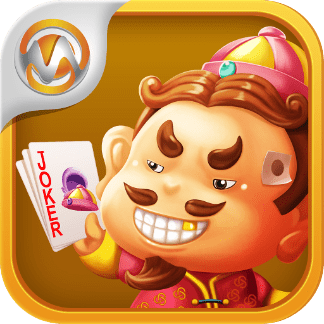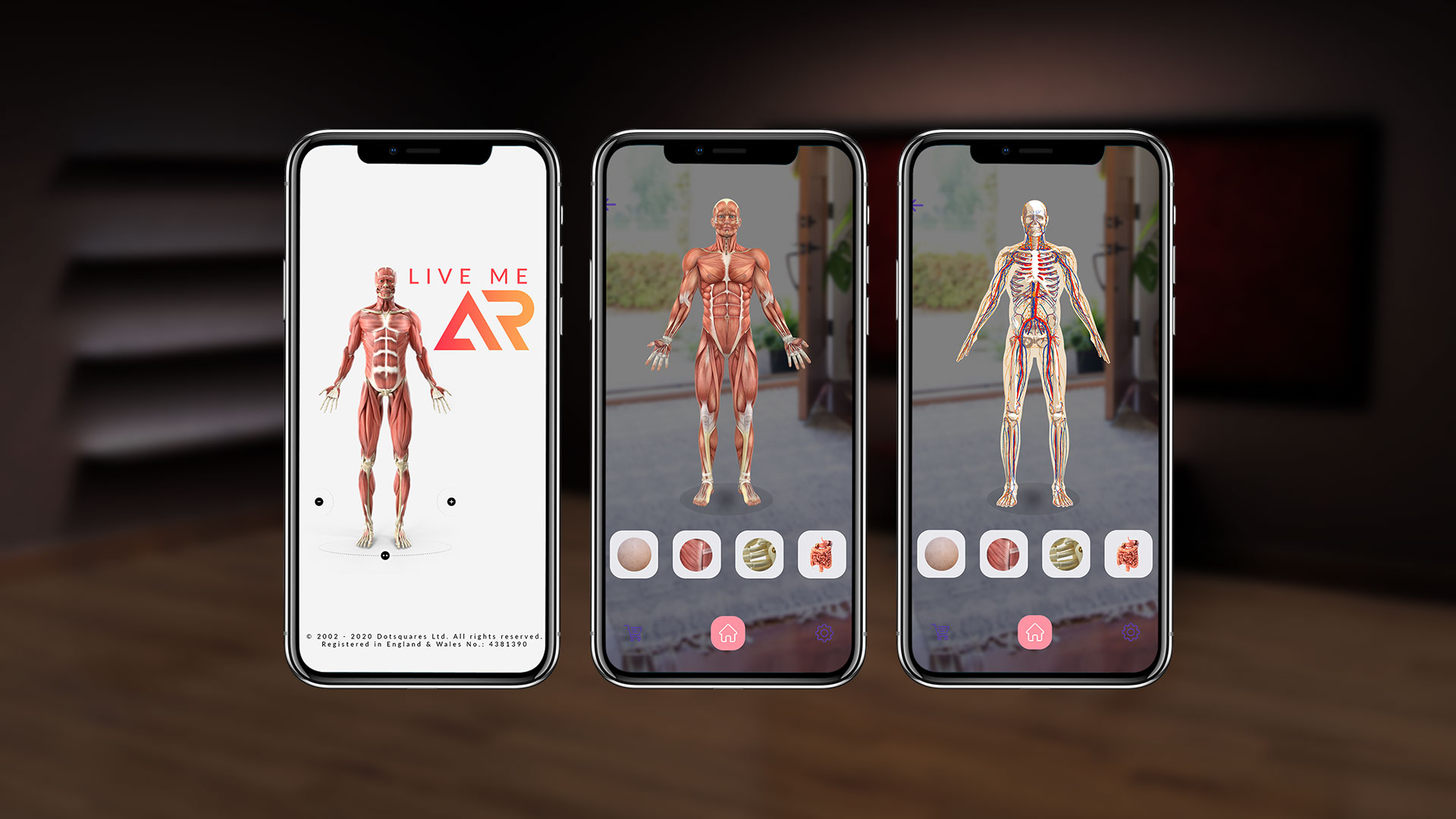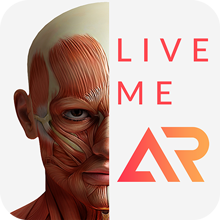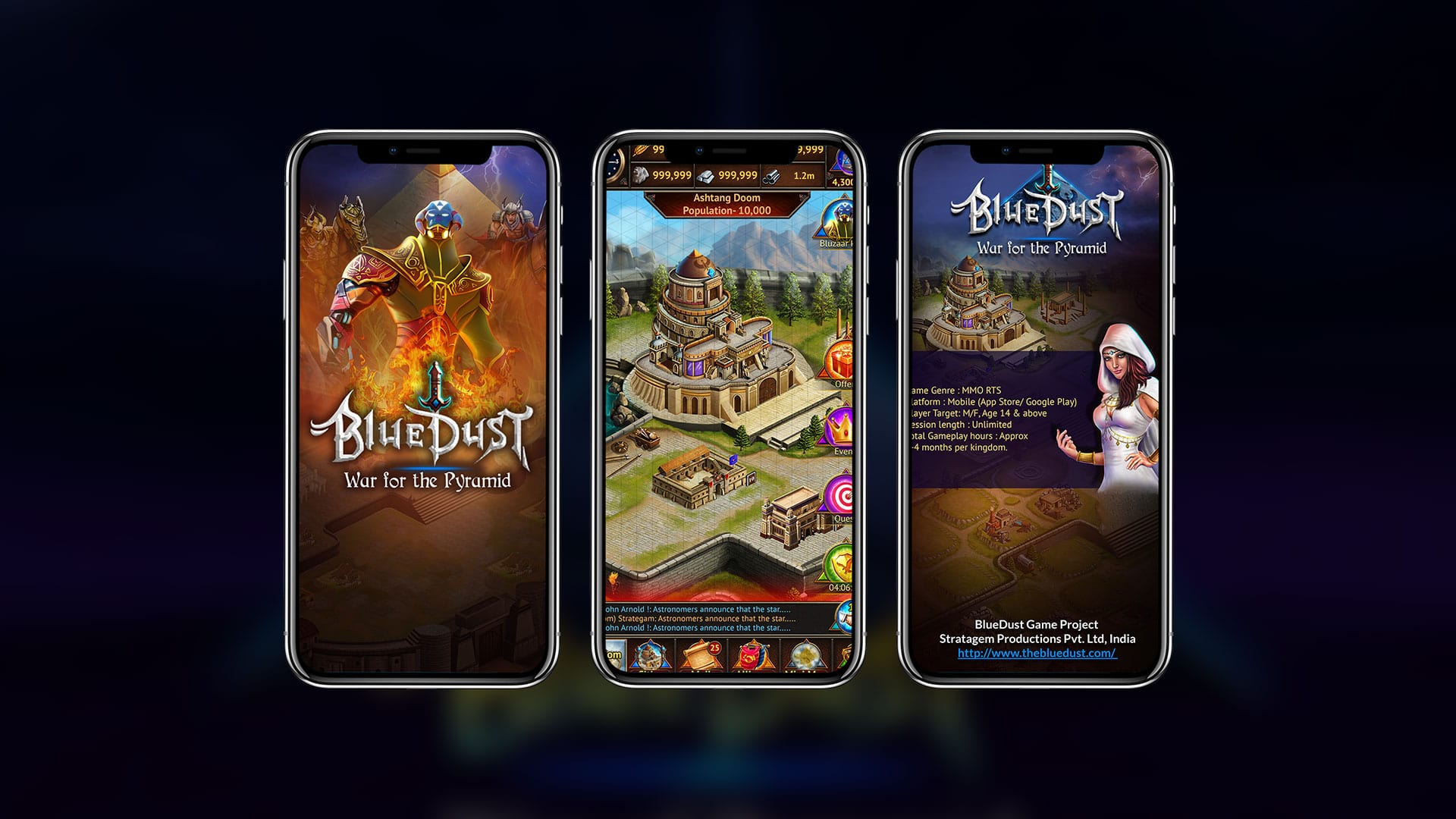AR and VR in the Fitness industry
In recent years, the fitness industry has witnessed an extraordinary transformation with the integration of Augmented Reality (AR) and Virtual Reality (VR). These immersive technologies have revolutionized exercise routines, making fitness fun and engaging, while reaching wider audiences. This paradigm shift is known as the “gamification of fitness,” inspiring individuals towards healthier lifestyles. Mobile app development services play a crucial role in this transformation by creating user-friendly, engaging fitness applications that seamlessly incorporate AR and VR technologies.
AR/VR Impacts on Fitness
Enhanced Engagement:
Interactive Elements: AR and VR incorporate game-like elements, such as challenges, rewards, and interactive environments, which make workouts more enjoyable.
Real-Time Feedback: These technologies provide instant feedback on performance, helping users adjust their workouts on the fly and stay motivated.
Broader Reach:
Accessibility: VR workouts can be accessed from anywhere, making it easier for people with busy schedules or those living in remote areas to participate.
Inclusivity: These technologies can be designed to accommodate different fitness levels, ages, and abilities, making fitness more inclusive.
Motivation and Achievement:
Instant Rewards: Gamified fitness apps often include rewards systems, such as points, badges, or virtual trophies, to keep users motivated.
Social Interaction: Features like leaderboards and social sharing enable users to compete with friends and join communities, further enhancing motivation.
AR/VR Trends in the Fitness Industry
Immersive Workouts:
Virtual Environments: VR fitness apps create virtual environments that make workouts more engaging. Users can exercise in virtual gyms, nature trails, or even fantasy worlds.
Guided Sessions: Many VR fitness apps offer guided workout sessions with virtual trainers who provide real-time coaching and motivation.
Augmented Reality Integration:
Enhanced Real-World Workouts: AR can overlay digital elements onto the real world, adding new layers of interaction to traditional workouts. For example, AR-running apps can display virtual opponents or checkpoints.
Fitness Games: AR fitness games turn physical activity into a fun experience, encouraging users to move more while playing.
Personalized Fitness:
AI-Driven Customization: AR and VR apps use AI to personalize workout plans based on user data, such as fitness levels, goals, and preferences.
Adaptive Workouts: These apps adjust the intensity and type of exercises in real-time based on the user’s performance and feedback.
Examples of AR in Workout Gamification
Pokémon GO:
Active Exploration: Encourages physical activity by requiring users to walk and explore their surroundings to catch Pokémon.
Community Engagement: Features like raids and events encourage players to interact and exercise together.
Zombies, Run!:
Story-Driven Motivation: Transforms running into an interactive game where users must run to escape from virtual zombies.
Dynamic Workouts: The app adjusts the pace and intensity of runs based on the storyline, keeping users engaged and motivated.
Examples of VR in Workout Gamification
Beat Saber:
Full-Body Workout: A rhythm-based VR game where users slash blocks to the beat of the music, providing an intense, full-body workout.
High Entertainment Value: Combines fitness with entertainment, making users forget they are exercising.
Supernatural:
Variety of Workouts: Offers guided VR workouts in stunning virtual environments, including boxing, yoga, and meditation.
Personal Coaching: Features real-time coaching and feedback to help users improve their form and achieve their fitness goals.
Beyond the Horizon: Challenges and Considerations
Technology Accessibility:
Cost: AR and VR require specialized hardware, such as headsets and motion sensors, which may be expensive for some users.
Compatibility: Ensuring that fitness apps work seamlessly across different devices and platforms is essential for broad accessibility.
User Safety:
Physical Risks: Immersive experiences can lead to physical accidents if users are not careful. It’s important to implement safety features and guidelines.
Health Monitoring: Apps should monitor user health metrics, such as heart rate, to prevent overexertion and ensure safe workouts.
Content Quality:
Engaging Content: High-quality, engaging content is necessary to keep users interested. This includes well-designed workouts, realistic environments, and compelling narratives.
Regular Updates: Providing regular updates and new experiences helps maintain user interest and engagement over time.
Must-Have Features in AR & VR Fitness Apps
Interactive Tutorials:
Beginner-Friendly: Step-by-step guides to help new users get started with AR and VR workouts, ensuring they understand how to use the technology effectively.
Visual Aids: Use visual aids and demonstrations to make learning easier and more intuitive.
Real-Time Feedback:
Performance Tracking: Provide instant feedback on users’ performance, such as form corrections, speed adjustments, and effort levels.
Progress Metrics: Track and display progress metrics, such as calories burned, distance covered, and workout duration.
Customizable Workouts:
Personalization: Allow users to create personalized workout plans based on their fitness goals, preferences, and current fitness levels.
Adaptive Adjustments: Automatically adjust workout intensity and exercises based on user performance and feedback.
Social Integration:
Community Features: Enable users to share their progress, compete with friends, and participate in virtual fitness communities.
Group Workouts: Offer options for virtual group workouts, allowing users to exercise with friends or join group classes.
Progress Tracking:
Detailed Logs: Keep detailed logs of workouts, achievements, and fitness progress, allowing users to monitor their improvement over time.
Goal Setting: Provide tools for setting and tracking fitness goals, helping users stay focused and motivated.
Mobile Application Development Security Tips for the Fitness Industry
Data Encryption:
Protect User Data: Ensure all user data, such as personal information and health metrics, is encrypted both in transit and at rest to protect against unauthorized access.
Compliance: Adhere to data protection regulations and standards, such as GDPR and HIPAA.
Secure Authentication:
Robust Methods: Implement robust authentication methods, such as OAuth and multi-factor authentication, to secure user accounts.
User Privacy: Ensure user privacy by not storing sensitive information, such as passwords, in plain text.
Regular Security Audits:
Vulnerability Checks: Conduct regular security audits to identify and fix vulnerabilities in the app.
Update Security Protocols: Keep security protocols and measures up to date with the latest standards and best practices.
User Consent:
Transparent Practices: Ensure users are aware of data collection practices and obtain explicit consent before collecting or using their data.
Privacy Policies: Provide clear and comprehensive privacy policies that explain how user data is collected, used, and protected.
Gamification Elements in Fitness Apps
Points and Rewards:
Earning System: Users earn points and rewards for completing workouts and achieving goals, which can be redeemed for virtual or real-world prizes.
Incentive Programs: Create incentive programs that encourage regular participation and continuous improvement.
Leaderboards:
Competitive Edge: Leaderboards show users their rank compared to others, fostering a sense of competition and motivation.
Community Engagement: Encourage community interaction and engagement through friendly competition
Challenges and Achievements:
Regular Challenges: Introduce regular challenges that users can participate in to earn rewards and recognition.
Achievement Badges: Offer achievement badges for reaching milestones, such as completing a certain number of workouts or achieving personal bests.
Tech Stack to Consider for Integrating AR and VR into Fitness Apps
Augmented Reality (AR):
ARCore (Android): A platform by Google for building AR applications on Android devices.
ARKit (iOS): Apple’s AR development platform for creating AR experiences on iOS devices.
Vuforia: A versatile AR platform that supports various devices and can be used with both ARCore and ARKit.
Wikitude: An AR development platform that provides tools for creating location-based AR experiences.
Kudan: A lightweight AR engine suitable for mobile applications.
Unity 3D: A popular development platform for creating both AR and VR experiences, offering extensive tools and support.
Virtual Reality (VR):
Unity 3D: A comprehensive platform for VR development, widely used for creating immersive VR applications.
Unreal Engine: Another powerful platform for VR development, known for its high-quality graphics and performance.
Oculus SDK: A development kit for creating VR applications for Oculus devices.
Google VR SDK: Tools for building VR experiences for Google Cardboard and Daydream platforms.
HTC Vive SDK: A development kit for creating VR applications for HTC Vive devices.
SteamVR: A platform for developing and distributing VR content, supporting a variety of VR headsets.
A-Frame: A web framework for building VR experiences that work directly in web browsers.
Fitness Tracking Integration:
Google Fit: An open platform that allows apps to store and access fitness data.
Apple HealthKit: A framework for integrating health and fitness data on iOS devices.
Fitbit API: Allows integration with Fitbit devices to track fitness data.
Garmin Health API: Provides access to health and fitness data from Garmin devices.
MyFitnessPal API: Allows apps to access MyFitnessPal’s extensive database of nutritional and fitness information.
User Interface (UI) and User Experience (UX):
Sketch: A design tool for creating user interfaces and user experiences.
Adobe XD: A vector-based tool for designing and prototyping user experiences.
Figma: A collaborative interface design tool that allows multiple designers to work on the same project simultaneously.
InVision: A prototyping tool for designing user experiences and testing interactions.
Blender: An open-source 3D modeling tool for creating 3D assets and environments.
Cloud Services:
AWS (Amazon Sumerian): A platform for creating and running VR, AR, and 3D applications.
Microsoft Azure (Mixed Reality Services): Cloud services for building and managing mixed reality applications.
Google Cloud Platform (ARCore Cloud Anchors): Tools for building AR experiences that can be shared across different devices.
Networking:
Photon Unity Networking (PUN): A networking framework for building multiplayer games and applications in Unity.
Mirror: An open-source networking library for Unity, offering features for building multiplayer experiences.
UNet: Unity’s deprecated networking solution, is still used in some legacy projects.
Payment Integration:
Stripe: A payment processing platform that allows apps to handle online payments.
PayPal: A widely used online payment system that supports various payment methods.
Braintree: A payment gateway that provides a range of payment solutions, including credit card processing and digital wallets.
Analytics:
Google Analytics: A web analytics service that tracks and reports website traffic and user behavior.
Mixpanel: An analytics platform that provides detailed insights into user interactions with mobile and web applications.
Flurry Analytics: A mobile app analytics platform that provides data on user behavior and engagement.
Authentication:
OAuth: An open standard for secure authorization, allowing apps to use third-party authentication services.
Firebase Authentication: A comprehensive authentication system that supports email and password, phone number, and social media logins.
Database:
Firebase Realtime Database: A cloud-hosted NoSQL database that supports real-time data synchronization.
MongoDB: A scalable NoSQL database that stores data in flexible, JSON-like documents.
SQLite: A lightweight, embedded database for local storage on mobile devices.
Conclusion
The integration of AR and VR in the fitness industry has created a new, engaging, and effective approach to workouts and wellness. Mobile app development services are key to this transformation, offering innovative, user-friendly applications that incorporate these cutting-edge technologies. As we continue to explore the possibilities of AR and VR in fitness, ensuring accessibility, safety, and high-quality content will be essential to sustaining this exciting trend.
How Inventive Studio Can Help with AR & VR Development?
Inventive Studio specializes in AR and VR development, offering expertise in creating immersive, engaging fitness applications. Our team of skilled developers and designers can help bring your vision to life, incorporating the latest technologies and trends to create a standout fitness app. Whether you’re looking to gamify your workouts, integrate real-time feedback, or create personalized fitness experiences, Inventive Studio is your go-to partner for AR and VR development in the fitness industry.


